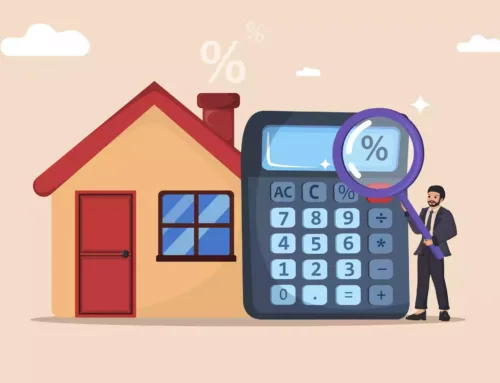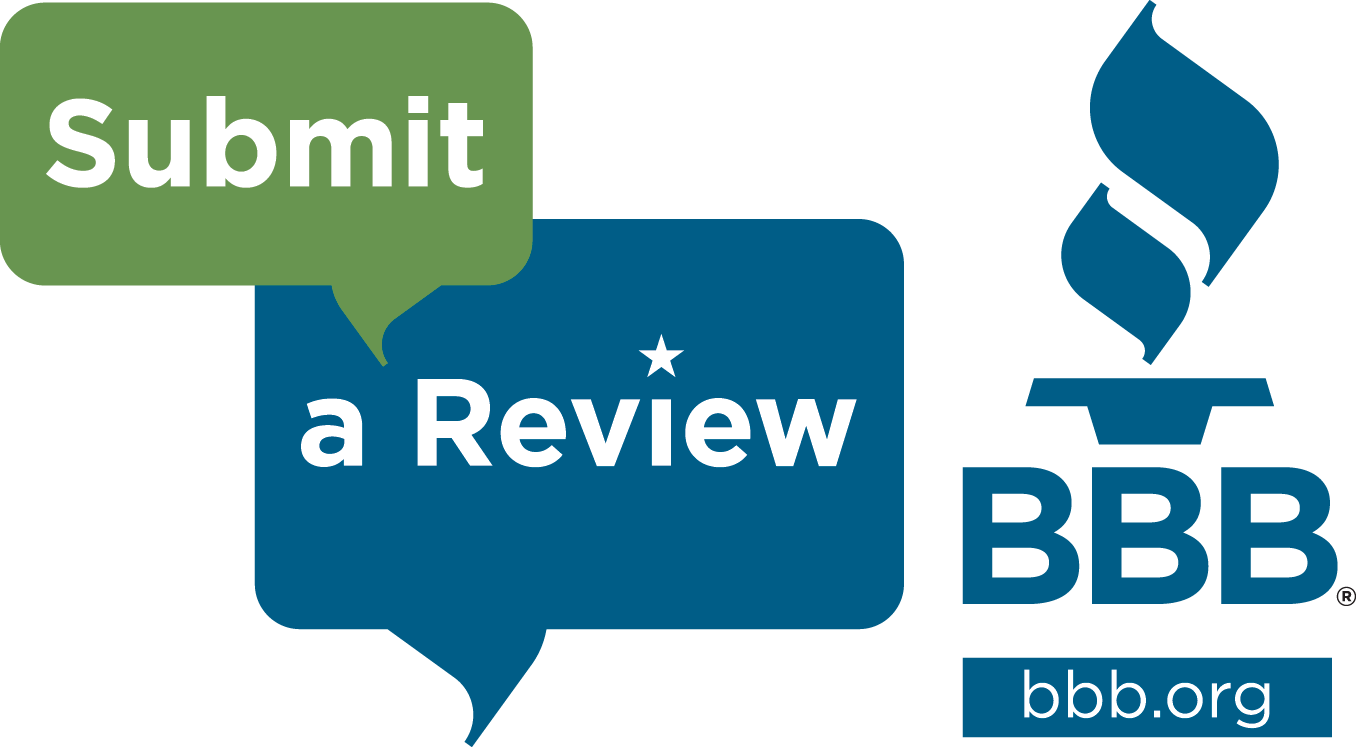What is a Conventional Mortgage?

If you are currently in the market for a new home you have probably already begun to do some research into different types of mortgages and what options are out there for your situation. Maybe you have a large amount of money to put down up front, or maybe you are a recent college graduate with only a few thousand saved up. Whatever your situation may be, there is almost always a loan option that is right for you.
First, lets begin by telling you the different loans are that are currently available to potential home owners. There are three different types of loans that people can use to finance their home. These are FHA and VA loans, which are backed by the government. FHA loans are insured by the government as a way to make buying homes more affordable for so many people. VA loans are guaranteed by the U.S Department of Veterans Affairs and are only available to current service members and veterans.
The third type of loan is a conventional loan. These loans are offered by private entities such as banks, credit unions, private lenders and savings institutions. These loans are NOT guaranteed by the government and therefore are a higher risk for lenders. A conventional mortgage does require you to put more down upfront for a down payment but most buyers tend to approach this type of loan with a more secure financial standing and therefore are less likely to default.
What is a Conventional Loan?
The terms of a conventional loan are usually 15, 20 or 30 years. These loans are available to everyone but a borrower must have good credit to qualify. The typical credit score needed to obtain a loan is 620 and 740 is the minimum score needed to obtain a good rate. If you have a lower score you could possibly still qualify but you will most likely be charged a higher interest rate. If you want to obtain a conventional loan you will also need to put down a larger down payment than what is needed for an FHA loan. Borrowers are expected to put down at least 5% but that amount does vary based on lender and the borrower’s credit history. Most lenders usually require up to 20% down for the down payment.
Types of Conventional Loans
As discussed here, there are two types of conventional loans, conforming and non-conforming loans. Conforming loans are mortgage loans that conform (or meet) guidelines that are set by Fannie Mae and Freddie Mac. The most well-known guideline has to do with the loan size. In 2014, the loan limit for a single-family home in the U.S. was limited to $417,000. If you happen to live in a higher cost area the loans limits are up to $625,500. Non-conforming loans, or jumbo loans, are available for borrowers who do not meet the Freddie or Fannie guidelines. Other types of non-conforming loans are loans that include those made to borrowers with poor credit, high debt or a recent bankruptcy. Lenders can charge higher rates for these non-conforming loans and they may carry additional fees and insurance requirements due to their risky nature.
If you have excellent credit, your debt-to-income ratio is low and can contribute up to 20% of the cost of the home towards a down payment then you are a candidate for a conventional loan. It is always important to talk to your mortgage lender about your options and what loan would be best for your unique situation. If you are interested in a free quote today or would like to talk to one of our mortgage specialists you can contact us here. We would love to hear from you!













